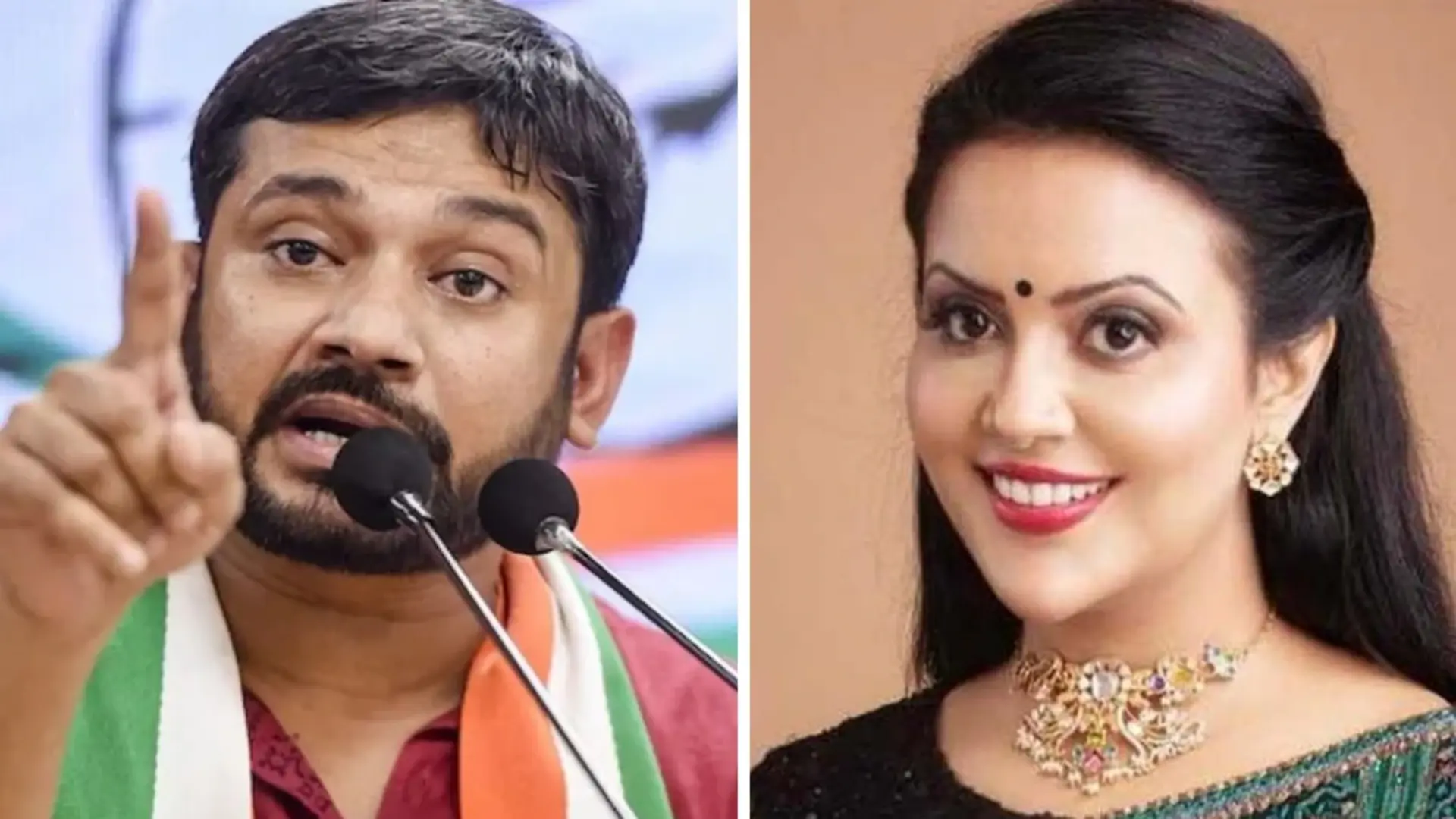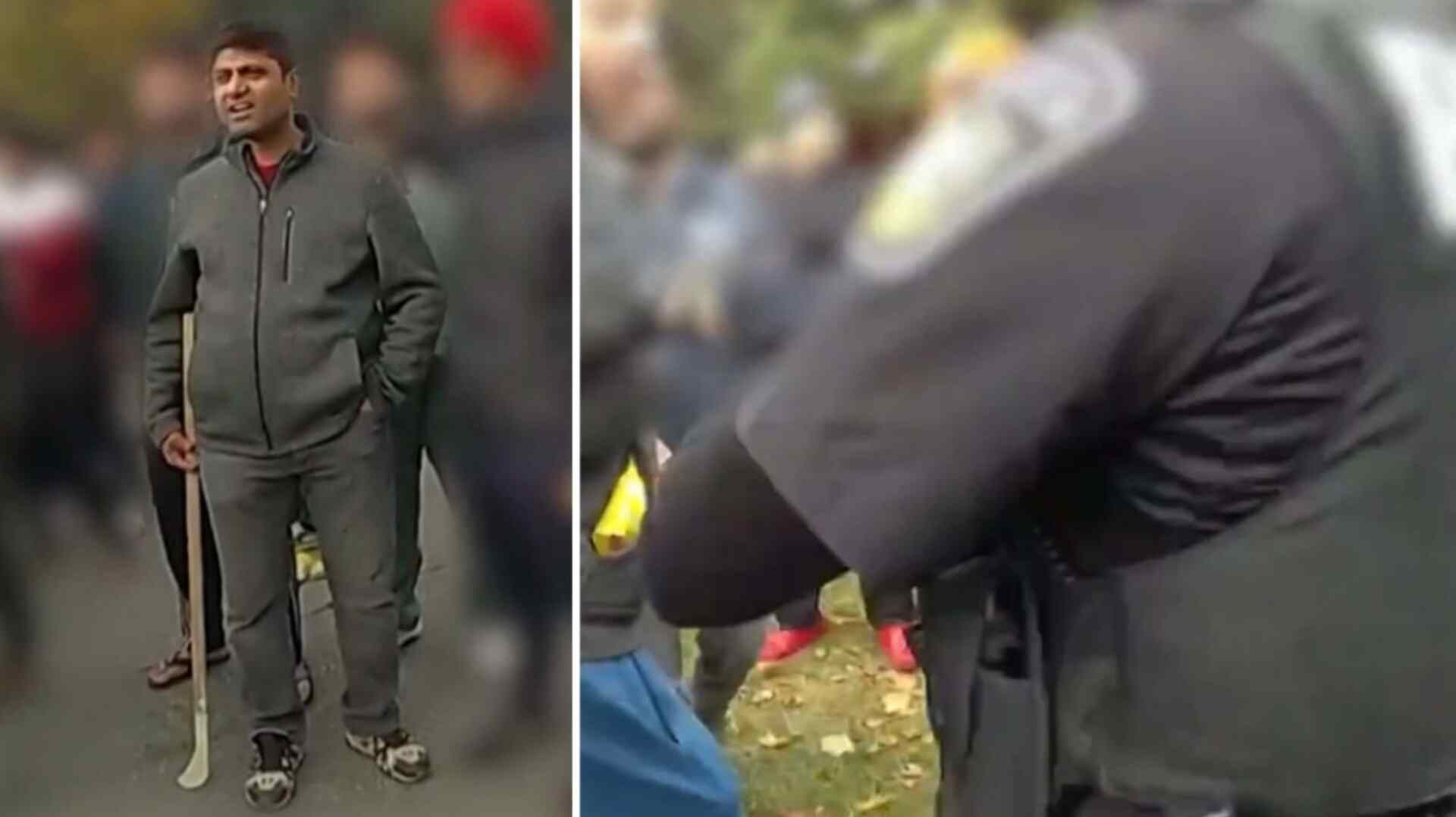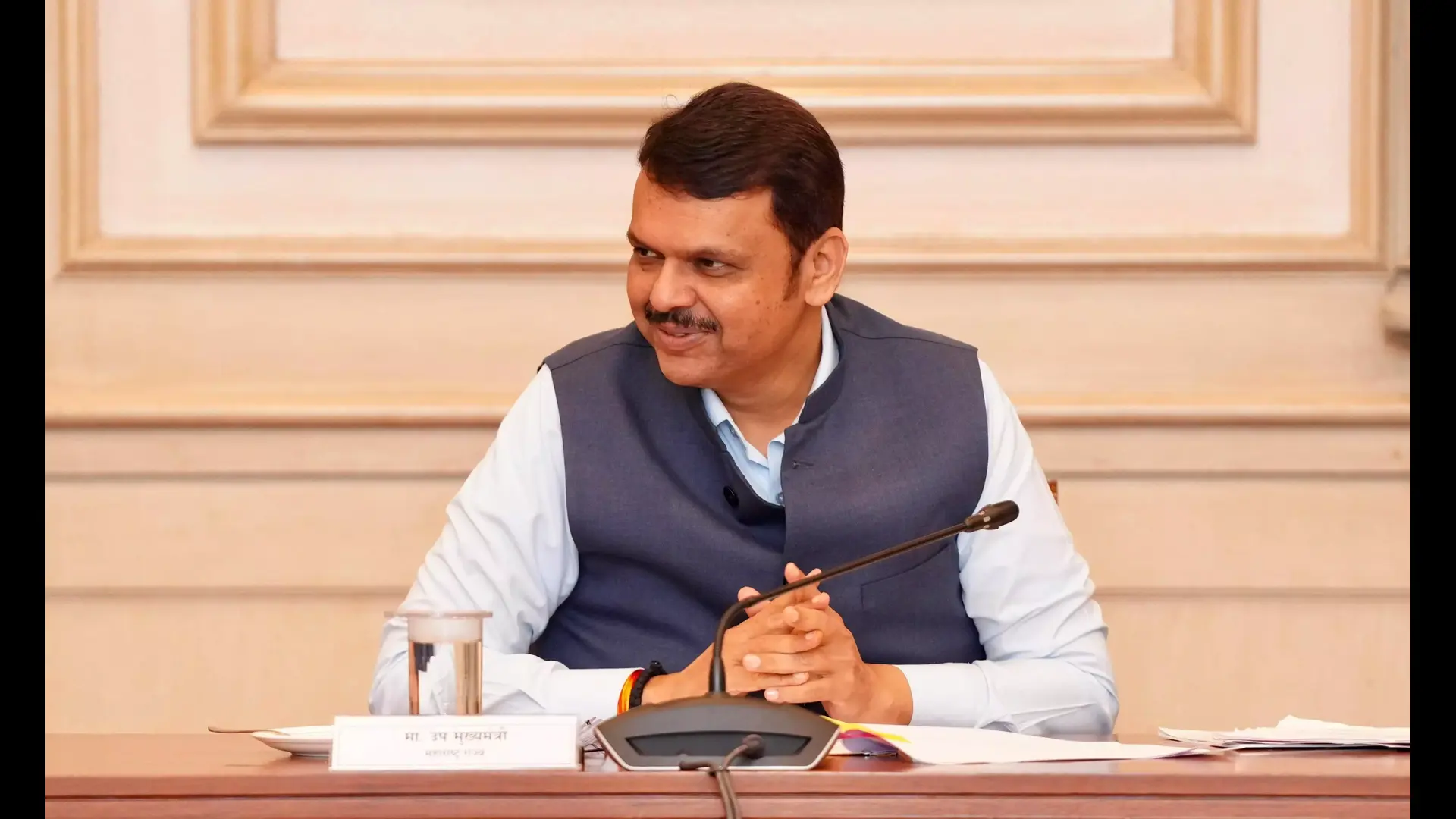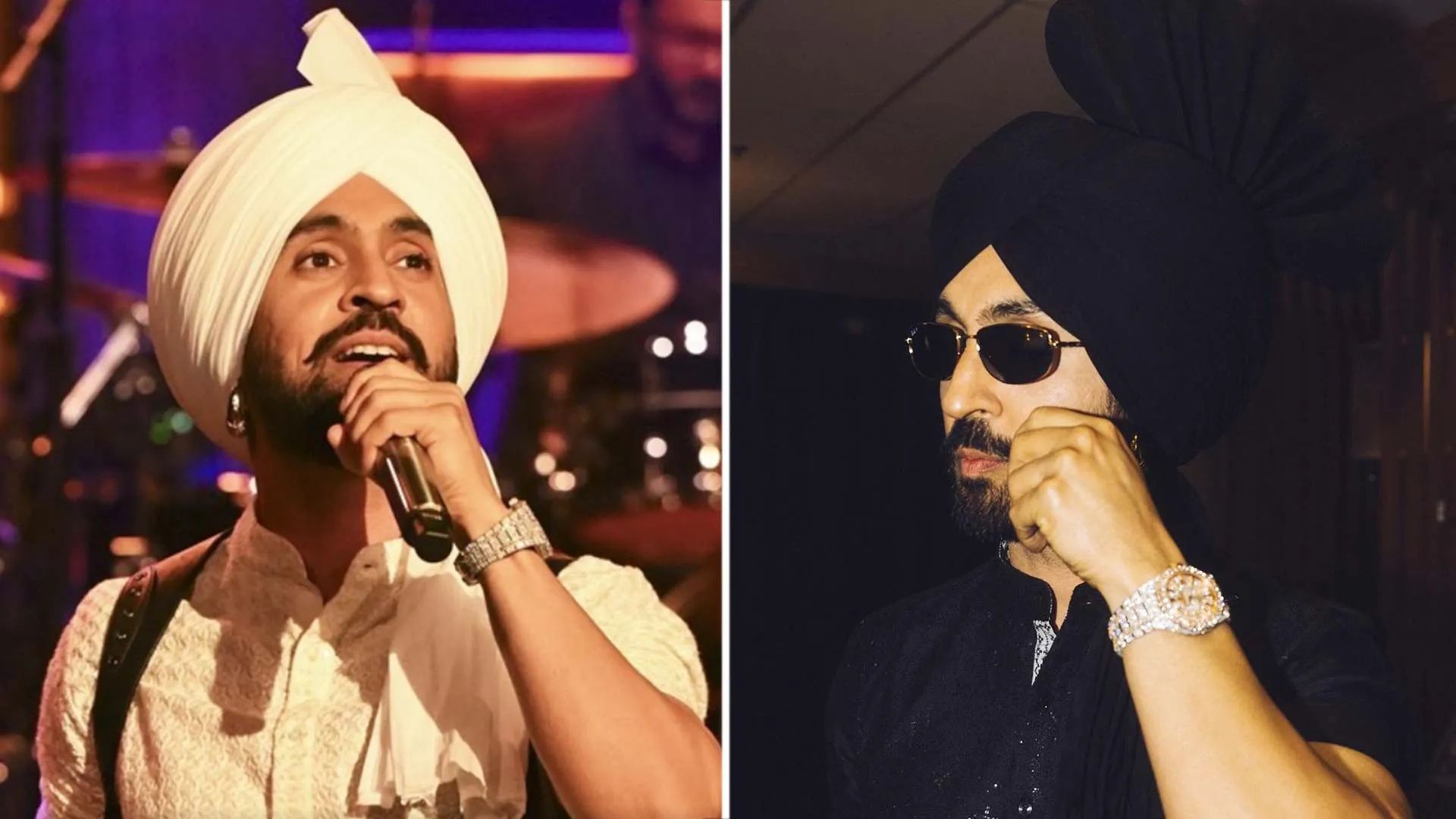
A “third wave of democracy”, as Samuel J. Huntington described it, began to sweep the world in the mid-1970s. Of the 97 democracies (2018 figures) across the globe, a vast majority (72%) have been established only since 1976. In the same year both Mao Zedong (1893-1976) and Zhou Enlai (1898-1976), the old guards of the People’s Republic of China, passed away. Yet, the world’s most populated nation has so far defied the global sweep of democracy. The Tiananmen Square protests (June 1989), which preceded the fall of the Berlin Wall by a few months failed to have a similar domino effect. The breakup of the USSR, the original inspiration behind Mao’s People’s Republic, in 1991 also left China underwhelmed.
Mao proclaimed the People’s Republic on 1 October 1949, shortly after the civil war had ended on the mainland in complete victory for the Chinese Communist Party (CCP). Generalissimo Chiang Kai-shek (1887-1975), alternatively called Jiang Jieshi, fled mainland to Formosa (Taiwan) across the Taiwan Strait, where he relocated the headquarters of his Guomindang (or Kuomingtang: the Chinese Nationalist Party). The fighting between the Guomindang and the CCP had continued since 1927. At one time, faced with the prospect of total annihilation, in their beleaguered heartland at Jiangxi (Kiangsi) province, the Communists had undertaken the Long March (16 October 1934 to 20 October 1935) trekking 9,000 km of dangerous countryside to Shaanxi (Shensi) province. Of the 85,000 communists fewer than 10,000 survived the perilous transit. For eight years between 1937 and 1945 the Guomindang and the CCP together resisted the Japanese invaders on China. Their uneasy alliance, however, collapsed after Japan capitulated during World War II in August 1945.
Mao, throughout the 1940s, had espoused a nebulous concept called “New Democracy”. It, according to him, broadly meant a coalition of “democratic parties” and different socio-economic-cultural elements in the Chinese society under a democratic set up. Mao had tried to convince others that his “New Democracy” was more profound than liberal democracy practised in capitalist nations. However, whether adult suffrage would be a part of it, he shrewdly chose not to reveal. The phase of “New Democracy”, if there was actually one ever, ended in 1954 when Mao declared “period of transition to socialism”, which implied a closer approximation of the Soviet system of the USSR.
A newly independent India, which adopted the world’s largest written Constitution on 26 November 1949, chose to trudge the path of parliamentary democracy based on universal adult suffrage. Both the Asian countries were predominantly rural societies. They were the world’s two most populous nations, having a third of the global population between them. Their adoption of two contrasting models of government was especially significant in the Cold War era. The “free world” as the Western democracies called themselves, did not fully appreciate the importance of Indian adopting democracy. When one-third of human kind had passed under communism after World War II, as US State Secretary John Foster Dulles rued, extending the coverage of democracy to one-third of mankind was no ordinary feat. India successfully delivered on this constitutional promise in the first general elections (1951-52). The “free world” never appreciated this achievement enough. This was, no doubt, partly because of India’s prosocialist foreign policy under Jawaharlal Nehru.
The “free world”, however, was dumb-founded when Mao proclaimed People’s Republic atop the Gates of Heavenly Peace (Tiananmen Square) in Peking (now Beijing) on 1 October 1949. The US had till last backed Chiang Kai-shek, after the 1946 mediation efforts by Gen Geroge C. Marshall failed. The US subsequently extended recognition to Taiwan as the Republic of China (ROC). They did not recognise the People’s Republic, and not before February 1972 did any US President visit Peking. China had minimal presence in global affairs and commerce until Mao passed away and Deng Xiaoping assumed presidency in 1978.
Why did India and China grow along two different trajectories — democracy and one-party rule respectively? One has to look at the conditioning effect of modern history. In India, the quest for representative government goes back to the 19th century. Demand for elections actually antedated the demand for independence. The Government of India Act, 1919 allowed for direct elections to legislature on limited franchise. That was ten years before Indian National Congress actually passed the Purna Swaraj resolution in Lahore in 1929.
Though the revolutionary networks in India antedated the rise of Gandhian mass movement, there is not a single example of any revolutionary having physically targeted any Congressman on account of antipodal ideology. Rather, one sees examples to the contrary. Bhagat Singh, a revolutionary with communist bent of mind, avenged himself upon a British police personnel for fatal lathi-charge upon Lala Lajpat Rai, a Congressman with Hindu Mahasabha leaning in 1928 (whom the revolutionary had once described as “Lost Leader”). When on 4 July 1943 Rash Behari Bose handed over the charge of Indian Independence League to Subhas Chandra Bose at Cathay Theatre, Singapore, the swelling crowd not only cheered the two Boses but also Gandhi, Nehru and Azad. Netaji Bose had named some regiments in his Azad Hind Fauz after Gandhi, Nehru and Maulana Azad. What catholicity!
The Indian democracy gave space even to communism notwithstanding the latter’s doctrinal hatred towards democracy. When the Communist Party of India (CPI) won the elections to the Kerala Assembly in 1957, it was for the first time, anywhere in the world, that a communist party came to power by the dint of ballot rather than bullets. The West had to wait for its Kerala moment until 3 November 1970 when Salvador G. Allende became the President of Chile, the first Marxist politician to head a liberal democracy.
China, by contrast, failed to institutionalise the culture of political pluralism and competition. A phase of competitive politics had begun in China following the abdication of its last emperor in 1911. During December 1912 and January 1913 elections were held for the Senate and House of Representatives. The presidential and vice-presidential elections were held in October 1913. However, due to political circumstances that developed like the rise of communism, campaign against warlords, etc, Generalissimo Chiang Kai-shek fully consolidated one-party rule of Guomindong in 1928. He sought to liquidate the communists, leading to the Agrarian Revolutionary War (1927-1937). In an irony of fate, 20 years later, the CPP drove Chiang’s government out from mainland China. While meeting US President Richard Nixon in Peking in February 1972, Mao had sardonically stated that his “friendship” with Chiang Kai-shek was longer than America’s.
An understated factor in the rise of multi-party democracy in India and its failure in China is the role of free institutions. The British had bequeathed to independent India apolitical armed forces, non-partisan bureaucracy, independent judiciary, and a free press. They also built a rule of law, through an elaborate web of legislations. These are absolutely necessary to support the superstructure of democracy. Otherwise, the constitutional mandate of a democratic legislature would have remained a dead letter. An independent India instituted a constitutionallyguaranteed independent Election Commission, a model for the rest of Commonwealth and new democracies.
In China, by contrast, institutions are not free and non-partisan. The CCP and government are tied like the Siamese twins. This is historically because during the civil war and war with Japan, the CCP had to perform the role of a state (like the Church in early medieval Europe after the destruction of Western Roman Empire by barbarian attacks). Today, a third of bureaucrats are CCP members. At higher levels the distinction between party and the state blurs. At the local level the distinction is sharper, though the party can have more power than the local government. In some counties/prefectures, both party and government offices can be housed in the same building. Even the judiciary and armed forces are influenced by party command.
It is this intertwining of the party and state that prevents growth of democracy. On 11 March 2018 National People’s Congress — the CCP’s rubber stamp legislature — approved changes in China’s constitution by 2,958 to 2 votes to abolish term limits for Chairman Xi Jinping. Was it the actual reflection of Chinese people’s will? Even Mao would have been envious of such a mandate. He had to terminate the “Hundred Flowers Bloom” campaign (1956-57) when he realised to his dismay the actual extent of CCP’s standing in the people.
If Xi is as popular as the voting numbers suggest, why are curbs on journalists, lawyers and human rights activists on the increase? Is the Chinese regime afraid of criticism, and want to do with proxy ‘selfcriticism’? The existence of one-party rule actually promotes more infighting, purges and corruption. It prevents the true growth of Chinese genius. A competitive politics will give legitimate space to different shades of opinion, programme, and models of growth that people can choose from. The CPP can exist even then but as one of the political parties. This great wall against democracy must go in China.
The writer is an author and independent researcher based in New Delhi. The ideas expressed herein are his personal.















